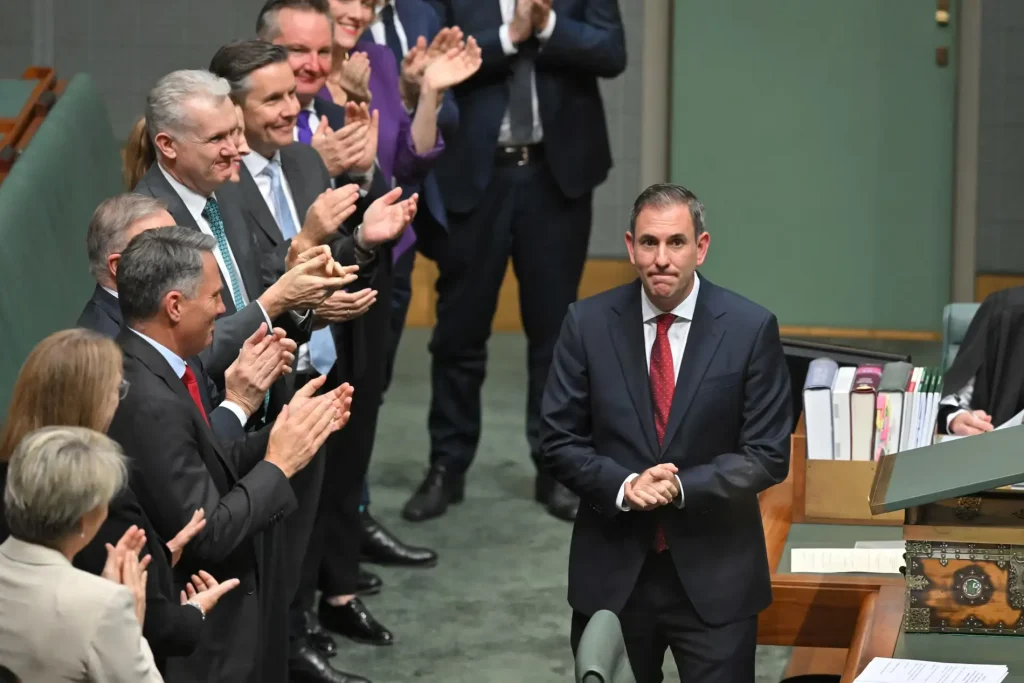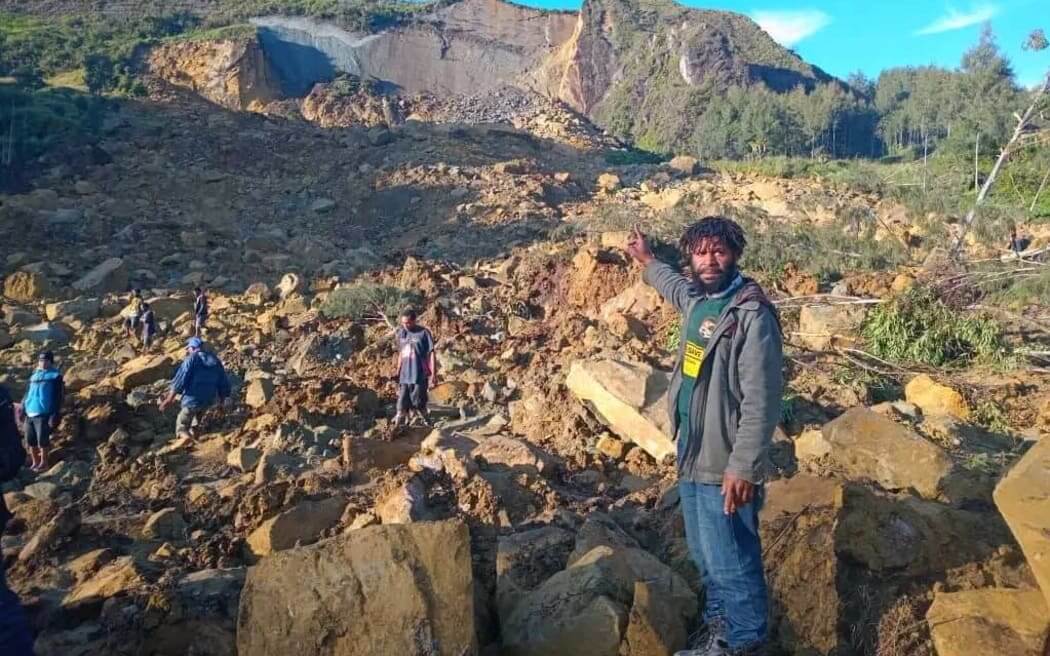Businesses, investors, unions, and climate advocates have been urging for significant clean economy investments. The question is, did the 2024-25 federal budget address these calls?
The government’s Future Made in Australia policy includes a strategic framework, $22.7bn in spending, and facilitation policies. The framework aims to provide discipline by supporting sectors crucial for net zero or economic security and resilience.
Three key priorities received substantial funding in this budget:
1. Renewable hydrogen, although not a universal solution, has many potential uses. Currently expensive, green hydrogen should become cheaper with increased production, and Australia is well-positioned for large-scale production.
2. Critical minerals processing, such as lithium and rare earths, is essential for energy transition technologies like batteries. Australia has vast resources, and concerns about processing concentration in China present an opportunity. A 10% production tax credit aims to narrow cost gaps and attract projects.
3. Clean energy manufacturing includes components for a net zero economy. The government prioritized the solar supply chain, allocating $1bn in production credits, and segments of the battery supply chain ($523m in credits).
Two more priorities received funding for studies and consultations to inform future budget decisions:
1. Green metals, such as alumina, aluminium, iron, and steel, are vital for a net zero world. Early clean production will be expensive, but Australia could have a significant global role with cheap power and strong international partnerships.
2. Low carbon liquid fuels, like sustainable aviation fuel (SAF), are crucial for decarbonizing aviation. SAF, made from waste biomass and energy crops, could easily utilize Australia’s spare biomass.
Facilitation is crucial for the Future Made policy, which relies on deploying vast amounts of renewable energy and transmission at competitive costs. The budget allocated $183m to improve consultation and speed up assessments under the existing process. Funding for skills and improvements in foreign investment review and skilled migration will also help.
The Future Made in Australia policy has solid priorities, a strong analytical basis, and sufficient funding. The focus now is on the quality of implementation, maintaining discipline in future decisions, and readiness to adjust course based on successes and failures.
Notably, the budget lacked energy upgrades to help households and businesses save costs, cut emissions, and bolster the grid. Pressure to address this in future budgets will likely grow as short-term bill relief payments end.











You actually make it seem so easy together with your presentation however I to find this topic
to be actually something that I feel I’d by no means understand.
It kind of feels too complicated and very extensive for me.
I’m having a look forward to your next publish, I’ll try to get the
cling of it! Escape rooms hub
Pingback: The Tiny House Movement - Esbecgroup